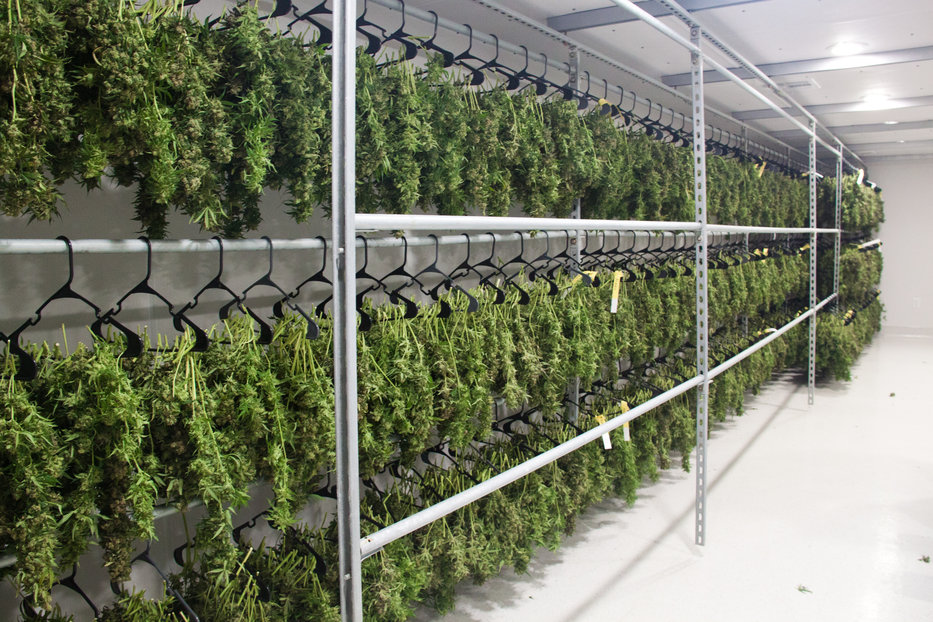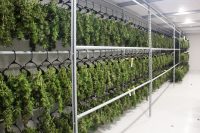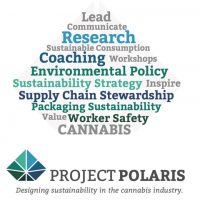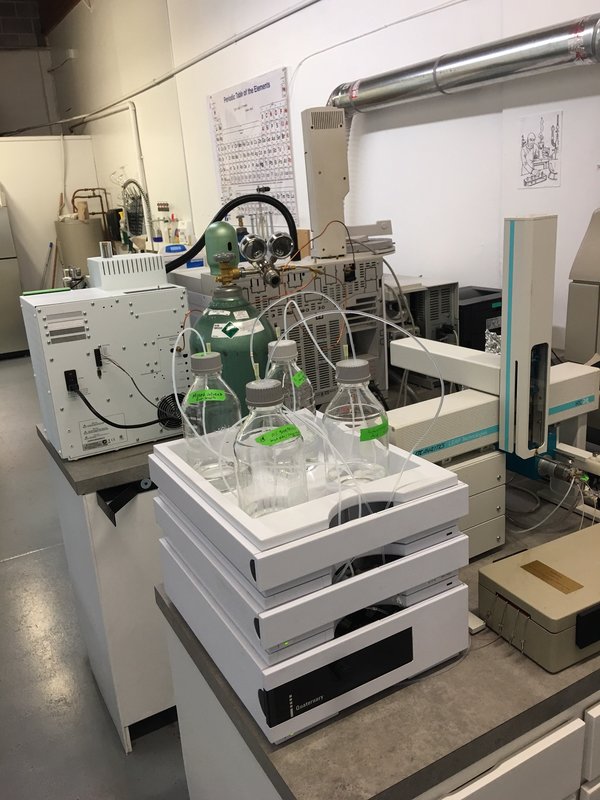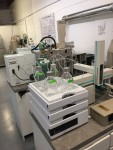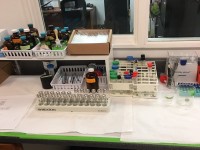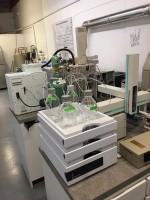Unlike their retail neighbors who have been forced to move inventory online to survive, many cannabis businesses are considered essential and remain open during the current pandemic. With that, though, comes a tremendous responsibility to maintain optimal protocol for safe operations and customer shopping.
 Whether you run a retail or production operation, allow only essential vendors (i.e. delivery, service companies) into the facility and have non-essential staff telecommute, when possible. Some businesses may want to consider splitting shifts for the management team as well.
Whether you run a retail or production operation, allow only essential vendors (i.e. delivery, service companies) into the facility and have non-essential staff telecommute, when possible. Some businesses may want to consider splitting shifts for the management team as well.
Each state and local municipality will have their own rules when it comes to protocols for open retail establishments. Where those are more stringent than the following recommendations, adhere to the more stringent rule.
Cannabis Production Facility Best Practices
While not being face-to-face with cannabis customers on a daily basis, production facilities are the first and possibly only ones to handle the raw product the customer will eventually consume. For this reason, it’s important to conduct a refresh training session on sanitation procedures and new COVID-19 protocol for all production employees. Consider the following critical procedures for cannabis production facilities:
- Review current production sanitation procedures and adjust accordingly, focusing on high touch points and potentially contaminated surfaces. Include office items such as keyboard, phones, and kitchen areas.
- Review the business’ call-in sick policy and make sure employees know they can – and should – do so if they’re under the weather.
- Sanitize high touch points every 30 minutes or less.
- Instruct employees to wash hands with soap and water for 20 seconds after blowing their nose, coughing, sneezing, going to the bathroom, before eating and when touching any communal surface, including door handles and surfaces. Wear personal protective equipment (PPE) at all times while working with raw product, including gloves and masks.
- If an employee coughs or sneezes in a production area, instruct them to do so into the elbow of their outer garment, and immediately change following proper donning techniques. Instruct them to avoid touching their face.
Cannabis Retail Facility Best Practices
Retail cannabis establishments must realize first and foremost that those with compromised immune systems may be frequenting their store to purchase medical cannabis. Consider, evaluate and appropriately publicize protocol relative to employee interactions with customers, including:
- Enable mobile or order-ahead features along with curbside pickup and contact-less delivery, when possible. Where this isn’t an option, limit the number of customers in the store at a time.
- Consider moving to appointment-only operations, or restricted hours for those over 65.
- Reduce store visits by recommending patients order their prescription for the maximum allowable 60 days.
- Designate an employee to champion personal sanitation and social distancing. Create an entry sanitation station and require all customers to use it upon entry. Maintain social distance of 6-ft. minimum between customers. Place markings on the floor to designate this.
- Limit sales to only sealed products.
- Sanitize high touch points twice an hour, including ID check booths, display cases, phones, keyboards, etc. and provide adequate PPE for all, including gloves, masks, etc.
- Install separation barriers, like thick plastic or plexiglass at each cashier station.
The requirements of keeping an essential business open will vary by location and will likely change as the COVID-19 pandemic evolves. Regularly check for changes to the rules of your local jurisdiction and adapt accordingly.




